I went to the launch of the Prusa Core One L - and the impressive scale of this 3D printer sets a benchmark for the future
Doubling the print volume yet only marginally larger that the Core One, this business focused 3D printer sets a new benchmark
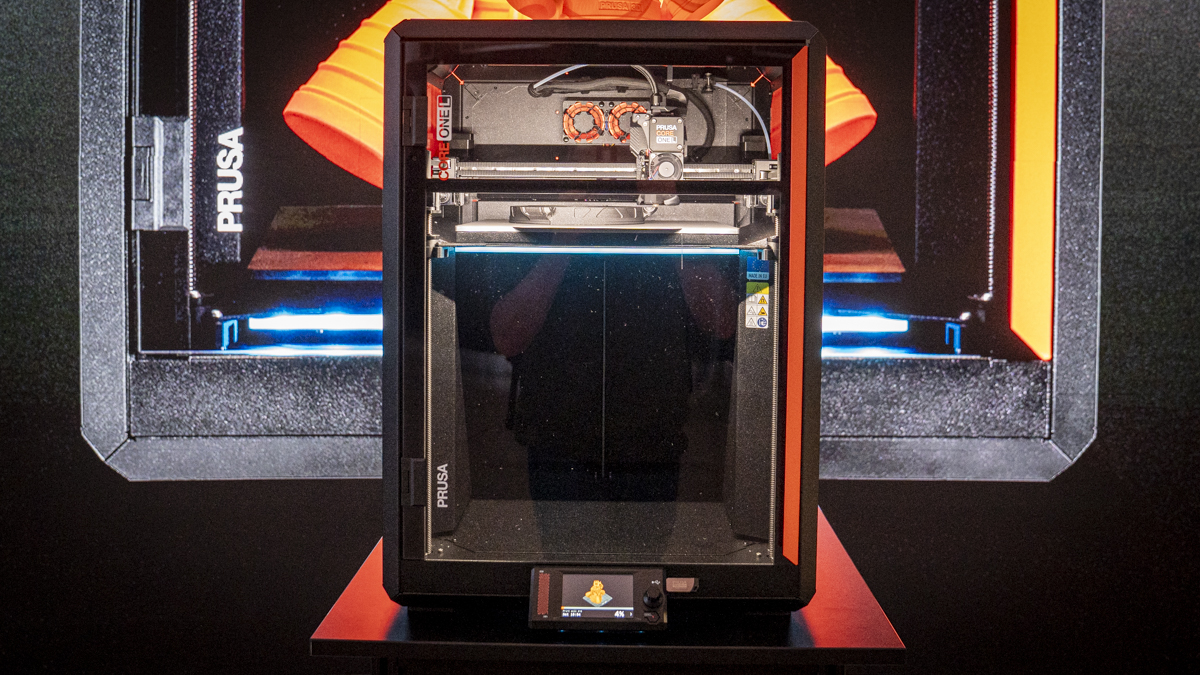
As FormNext fast approaches, the 3D printer releases, and teasers are coming thick and fast. Today, Prusa Research has announced the Prusa Core One L, a larger version of the superb Prusa Core One that I reviewed back in January.
I was lucky enough to attend the announcement in the Prague earlier in the month and to spend some time with the machine and the other launches that were announced at the event.
The concept and approach for the Core One L is an interesting one, with the overall size and weight of this new CoreXY machine essentially being closely matched to the Core One. However, a redesign of the system has enabled and increase in the build area by 50% while the actual physical dimensions of the machine have only increased by 10%.
This means for the industry you can print larger objects in one run with out need to divid a single model across multiple prints.
One of the other key points for industry is that there's now a critical industry version, where any radios and cameras can be removed giving the CORE ONE L has an offline-first design, and this can further enhanced by a secure USB key that is password protected to enable the transfer and printing of files.
You can pre-order the Prusa Core One L by clicking here and using the code TechRadar.
Core features of the new Prusa CORE ONE L
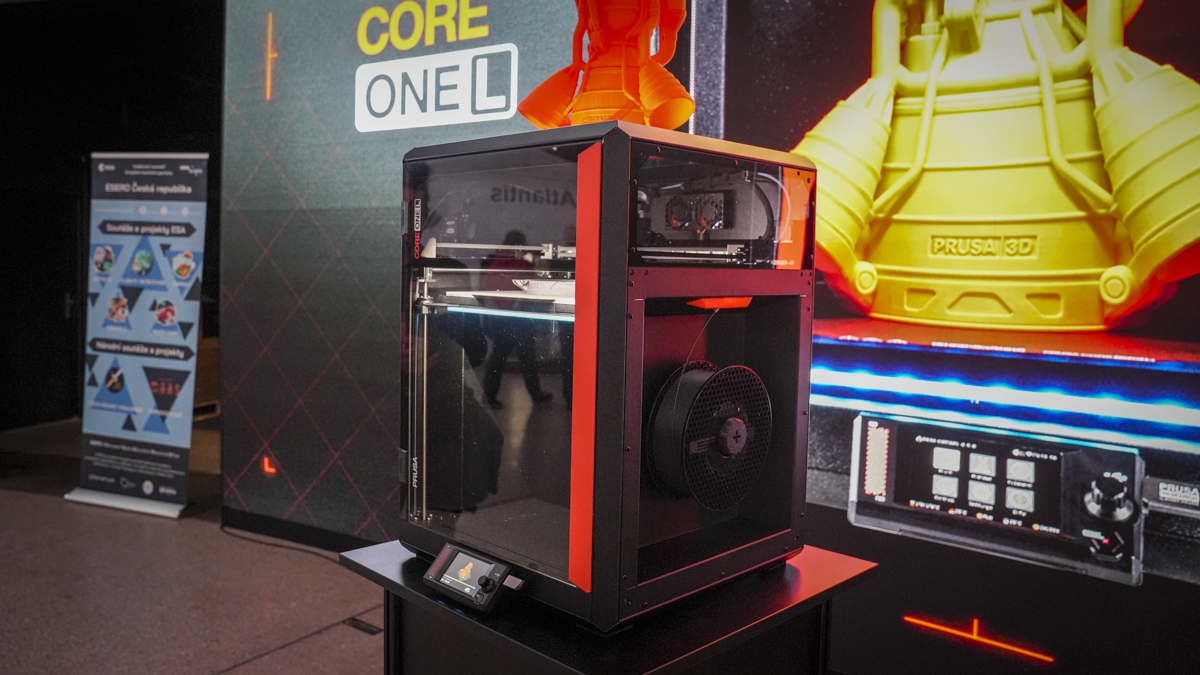
3D printing is now fully integrated with many areas of manufacturing and business, from the foundations of iterative design and prototyping through to small-scale production runs.
Sign up to the TechRadar Pro newsletter to get all the top news, opinion, features and guidance your business needs to succeed!
With this comes an industry need for larger volume printers, and the CORE ONE L upscales the print volume by 10% with a 300 x 300 x 330 mm print area within the fully enclosed environment.
The shift from open frame to closed has also meant an expansion in the type of materials that can be used within the machine, and a new AC convection heatbed enables better printing with advanced materials such as PETG, Nylon and ASA.
While the heated chamber makes printing with specialist materials possible, the temperature within the machine also needs to be regulated. On the CORE ONE this could be done using the simple manual vent on the top of the machine; now the opening and closing of the vent has been automated.
Surface quality is also a major factor, and PRUSA Research are known for pushing out major advances for their printers through software. Sure enough, with the Prusa Core One L the company has spent a huge amount of time on nerfing VFAs, which takes the already smooth surfaces of the prints to the next level.
Again, as with the Core One, the speed of setup is fast, so if you don't want to get tangled in the construction of the printer, or for that matter the length calibration process, then with the Core One L that’s all been done for you.
All you need to do is remove it from the packaging, install the filament and switch on. If there are any issues then Prusa Research is one of the only 3D printer companies to offer 24/7 tech support.
Double the print volume, not the size
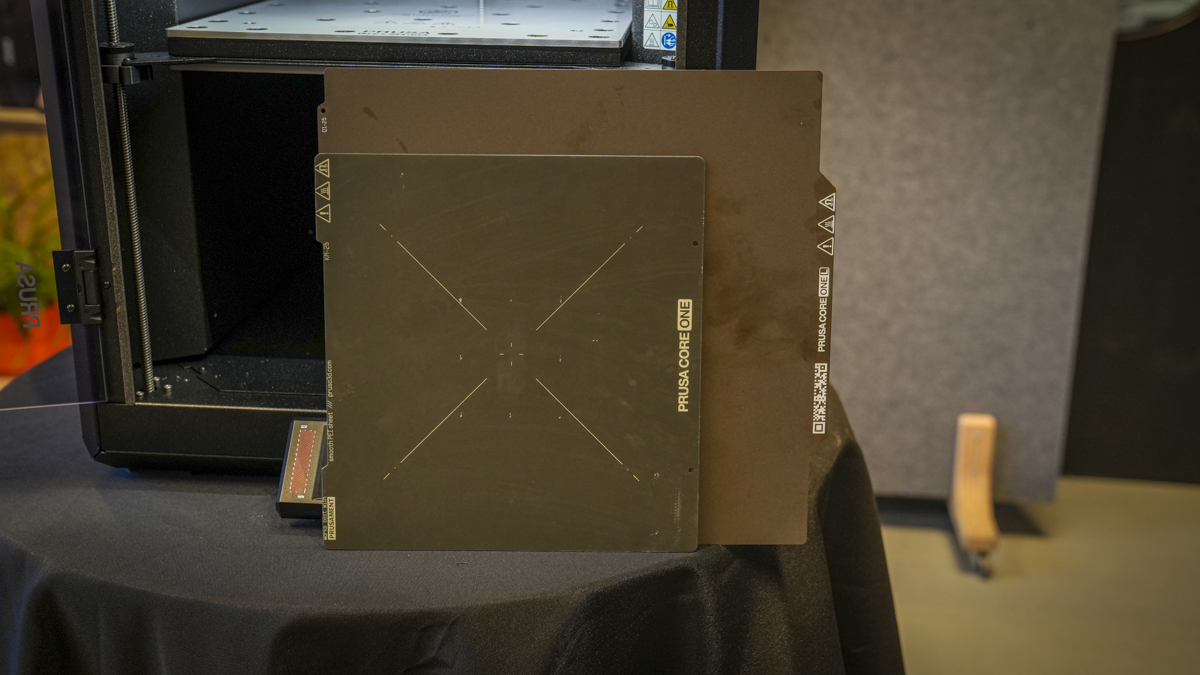
Scale with 3D printing is an issue, as to get the meaningful print volume also adds in stability issues, and obviously a larger machine generally means bigger and more weighty. However, PRUSA Research went back to the drawing board and looked for ways to increase the print size without effectively doubling the machine size and weight. The result is a machine that still offers the rigidity through the laser-cut steel profiles from the CORE ONE’s exoskeleton, but then uses aluminium for the side panels and a few other adjustments that have resulted in a machine that is 10% larger and 0.5 kg lighter.
A heated 3D print chamber makes all the difference
Heating the print area is something that has become increasingly common with the shift towards fully enclosed systems, and even more of a focus with the increase in print sizes and the use of specialist materials.
Thermal stability of the print base is also another consideration, and with the Core One L a thick block of aluminium with a dual-loop heat element has been used, which promises to offer a temperature variance of less than 2ºC across the surface. PRUSA Research has also worked hard on the AC convection current to actively heat the chamber, ensuring that it can now reach a maximum of 60ºC when needed.
This heated environment means that many high-performance materials are now far easier and more reliable to print, including ABS, ASA, Nylon and Polycarbonate. When it comes to standard PLA that prints better in a cooler chamber, the vent at the top of the machine now automatically opens, helping to regulate the internal temperature and meaning that there's no need to leave the door open. If you are using the machine in an office or workshop environment, then there's also an optional HEPA filtration system that can be used.
Get ready for 3D print production
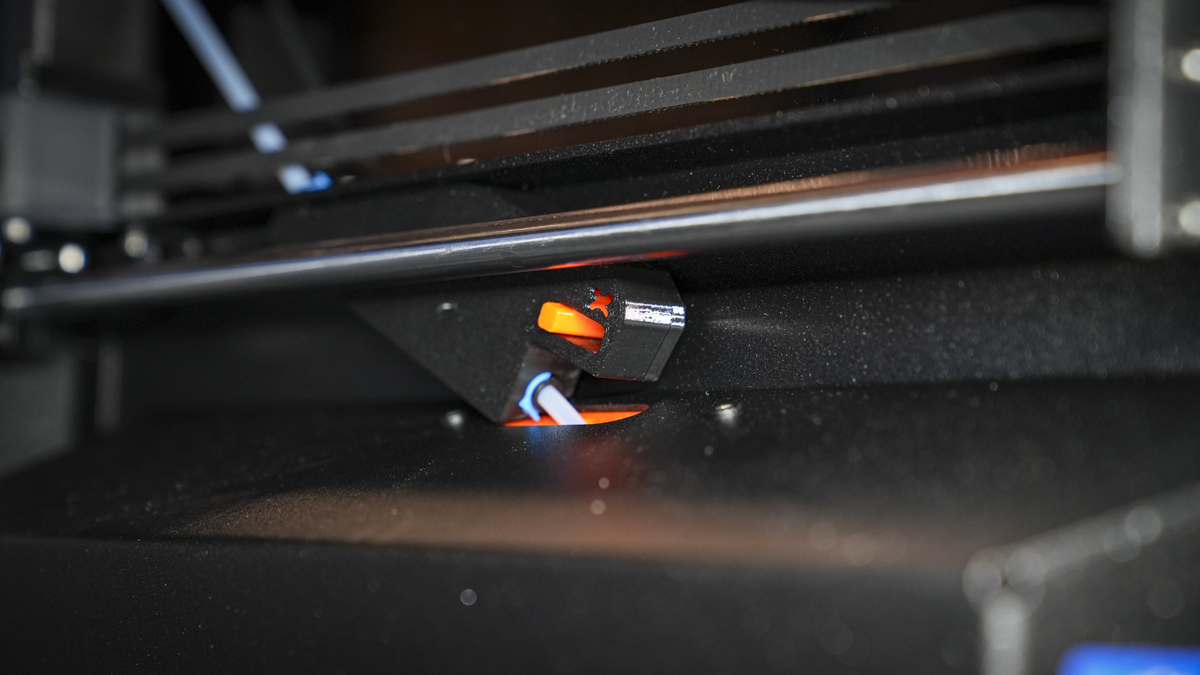
Let's face it, if you step into the world of 3D printing there's a huge choice out there for the consumer. However, when it comes to business, that choice quickly reduces as precise, production-ready parts and dimensional accuracy become the most important factors for purchase.
Prusa Research has tackled this in an interesting way, by essentially refining and keeping things to a degree simple, so on site maintenance and adaptation is possible.
The machine uses a rigid CoreXY kinematics with a 360º cooling extruder that helps to set the filament fast, reducing the need for supports (but not eliminating). Through the PrusaSlicer, organic supports can be added that are far easier to remove than traditional support structures.
While the Core One L remains a single toolhead machine (although you can fit the MMU3 multifilament option), the company has worked on resolving Vertical Fine Artifacts (VFA) with a new feature in PrusaSlicer called “Consistent Surfaces”, which has been designed to enable production-ready prints directly from the print bed.
It's all about Business
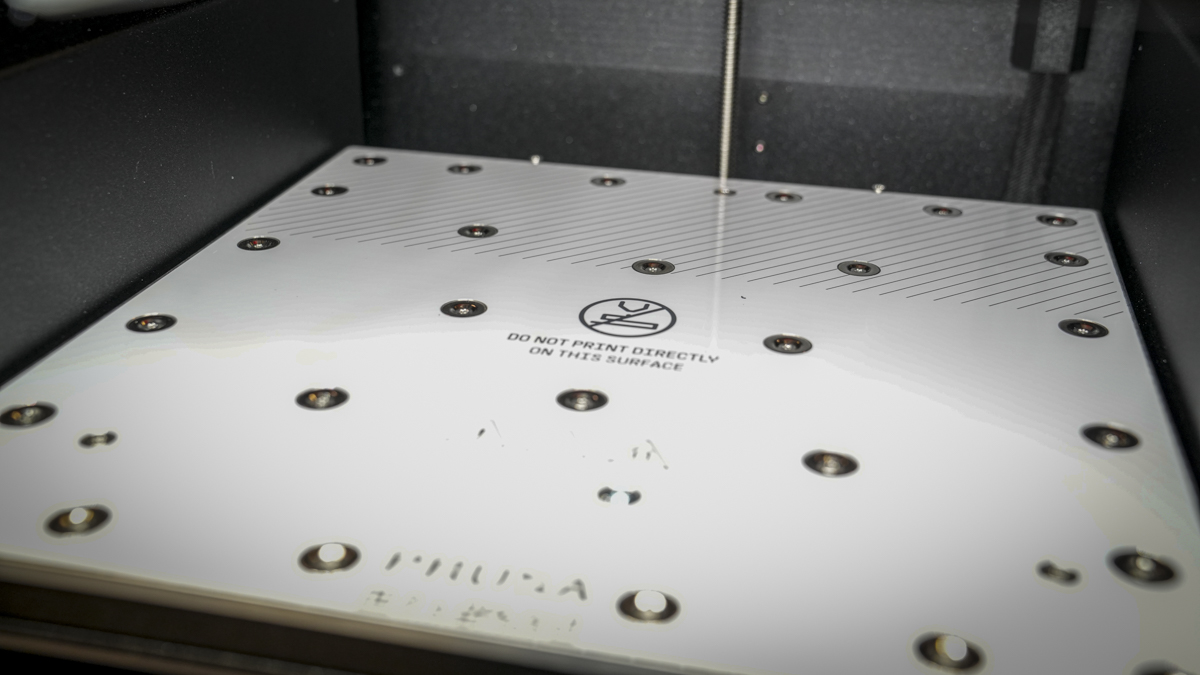
Having tested and used Prusa Research printers for a number of years, the reliability is the key to the company’s success, and for business, this reliability is at the heart of the Prusa Core One L.
Requiring no setup or calibration, anyone can get up and running with the machine in minutes, and the path from files in SolidWorks, Autodesk Fusion, or from STEP files to a physical print from the CORE ONE L has all been streamlined.
If you're a business looking to learn more about 3D printing, then Prusa Research are well aware that education is key, and here the company is giving access to the comprehensive Prusa Academy online course with every printer. This course delves into the world of workplace use and, for any engineering or product design studio, is an invaluable resource.
Easy maintenance
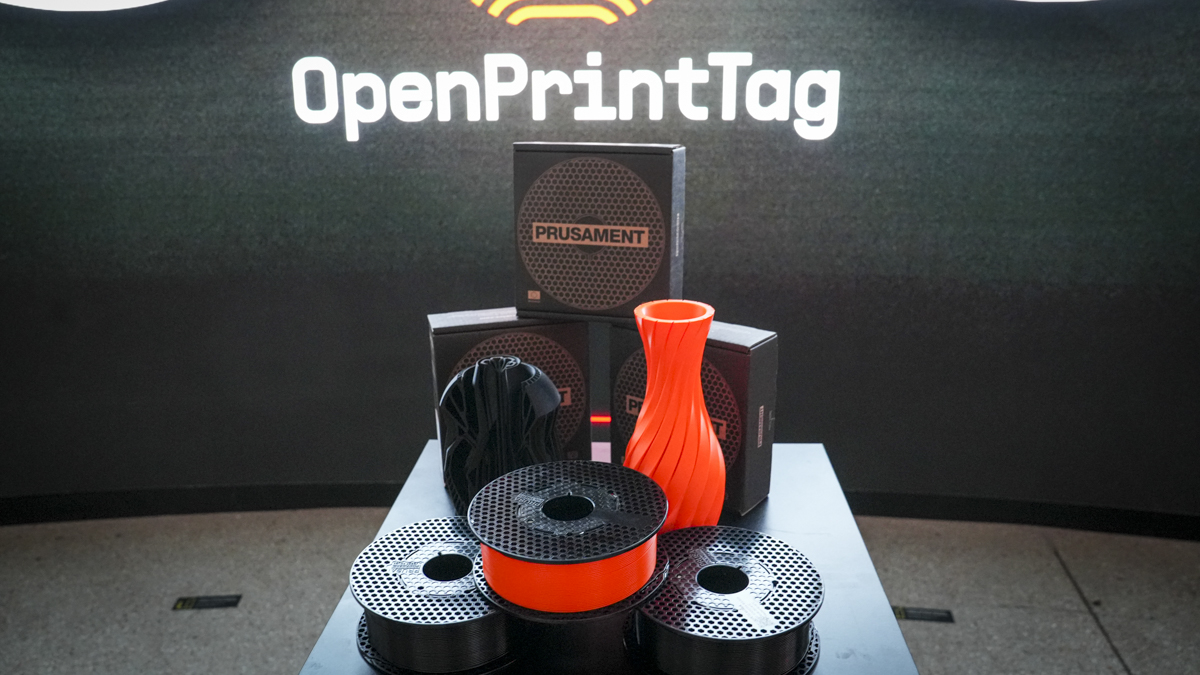
3D printers by their very nature are complex, and when you look at many of the latest iterations, any thoughts about fixing them yourself are generally out of the question. However, with deep roots in the Open Source community, the Prusa machines are still designed to be maintained by you. Nozzle swaps, which are the most common focus for maintenance, can be swapped in around 30 seconds.
If anything else goes wrong, then everything can be disassembled and rebuilt, meaning that machines, even after thousands of hours of service, can be reconditioned into a good-as-new state.
The Prusa machines are one of the last manufacturers that enable this level of access and onsite repair and maintenance. If you do get stuck or have an issue that you can’t resolve, then there's 24/7 tech support available in seven languages, staffed by experienced operators.
An open ecosystem
The Prusa printers are part of an open ecosystem that enables you to integrate into the printers and make them part of larger workflows, or sit in secure isolation. PrusaSlicer has become the industry standard, and iterations of the application are now used by most of the industry, and with EasyPrint you can even utilise an online slicer that works across platforms.
As PrusaSlicer is so integrated with the industry, Prusa Research are also launching the Open Tag Print standard, an open RFID tag in all their new spools that enables the printers to identify the filament type, so that you no longer need to enter the details of the material into the slicer software.
While this technology has been available for over a decade, this is the first time an Open Tag system has been launched, and it could have a dramatic effect on the filament market, with several manufacturers already taking up the format.
More from Prusa Research
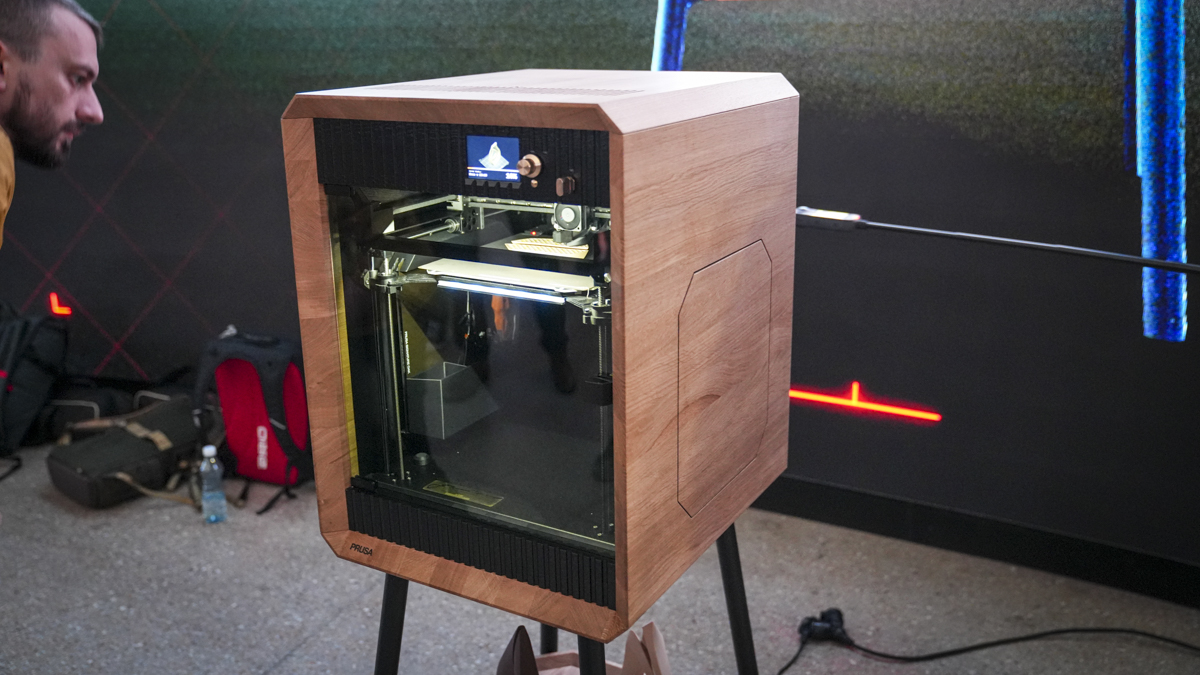
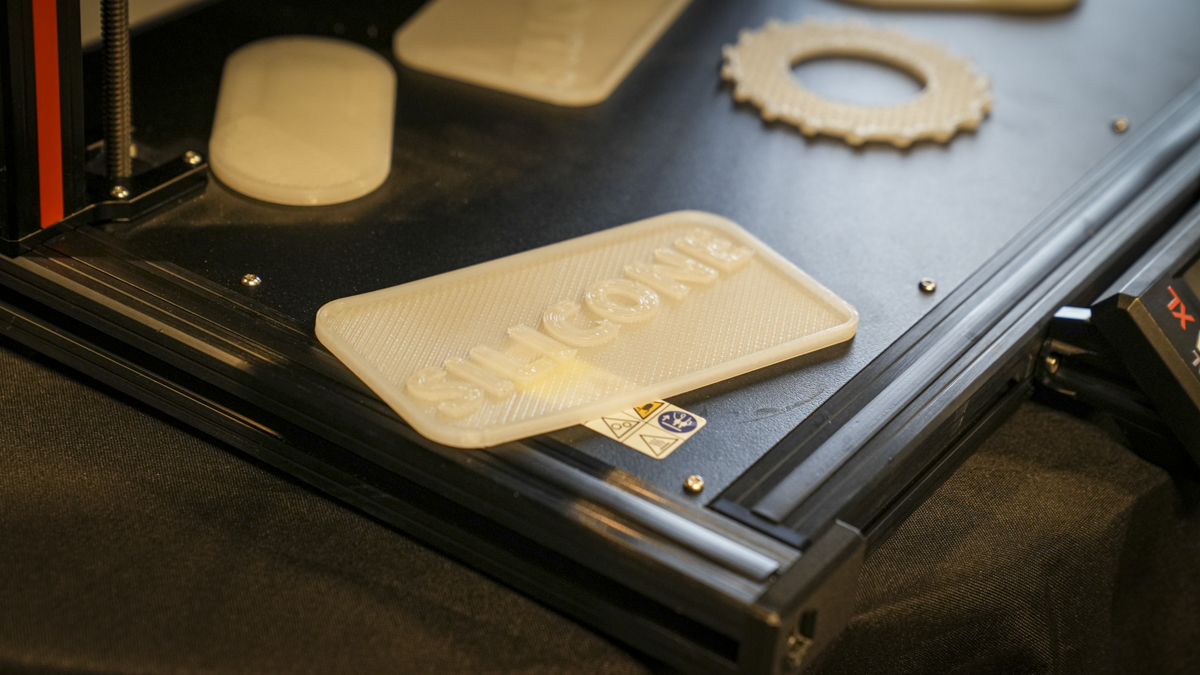
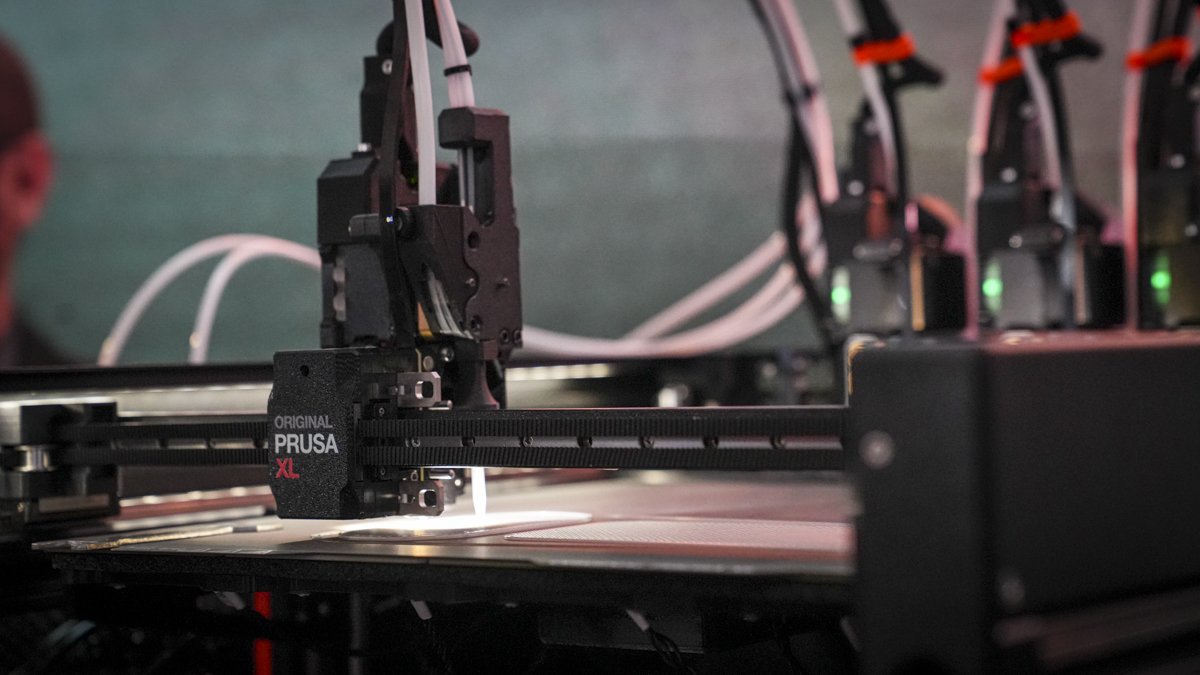
Prusa Signature Oak
Alongside the launch of the CORE ONE L, Prusa Research also announce the Signature Oak, a premium limited-run 3D printer that sees the CORE ONE redesigned with an oak casing. This printer is exceptional, but really one for the core Prusa 3D print enthusiast. Limited to 250 units, it has a price to match and will be an essential for all fans of the Prusa printers.
Silicone Tool Head
Developed for the Original Prusa XL, this new tool head is quite unlike anything else and will enable the machine to print silicone. The final release of the head is due soon and I'll bring more updates on this as soon as I have them. From the initial prints that I have seen, it looks to be an interesting development and something that will be of definite interest to industry.
Prusa Research INDX multi-material system
Of course, with the industry headed towards multifilament machines, everyone is interested in the next steps. Following on from a tweet a few weeks back about a cooperation between Prusa Research and Bondtech, it does appear that there will be a new multi-material INDX solution for the CORE ONE machines that will be announced at FormNext next month. I'll bring you more details soon.
If you're interested in pre-ordering a Prusa Core One L you can click here and use the code TechRadar.
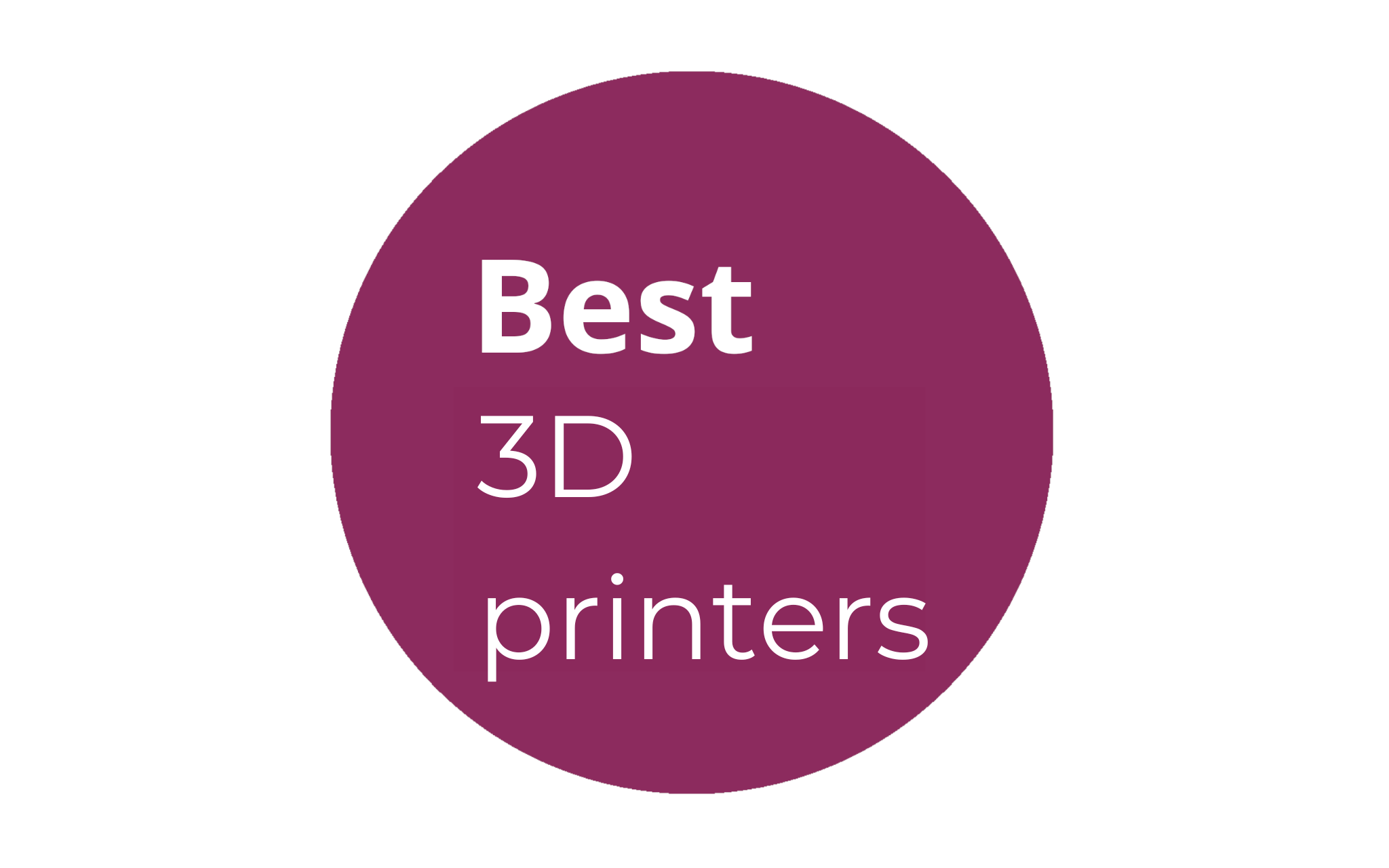
➡️ Read our full guide to the best 3D printers
1. Best overall:
Bambu Lab H2D
2. Best for business:
Prusa Core One
3. Best on a budget:
Creality Hi
Alastair is a photographer, filmmaker and tech writer who has been working in the publishing industry since the late 1990s. For more than 25 years he has covered photography, video and technology across Future's photography, technology and gaming brands. He runs a photography and video production company and lectures in TV and film. He can usually be found testing mini PCs or prototyping and prop building with the aid of 3D printing.
You must confirm your public display name before commenting
Please logout and then login again, you will then be prompted to enter your display name.
